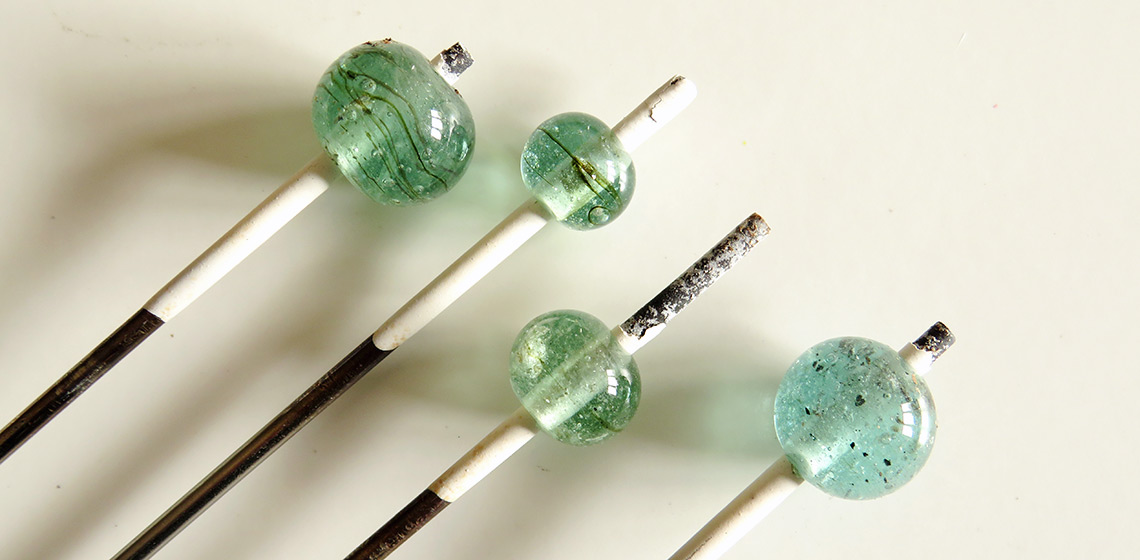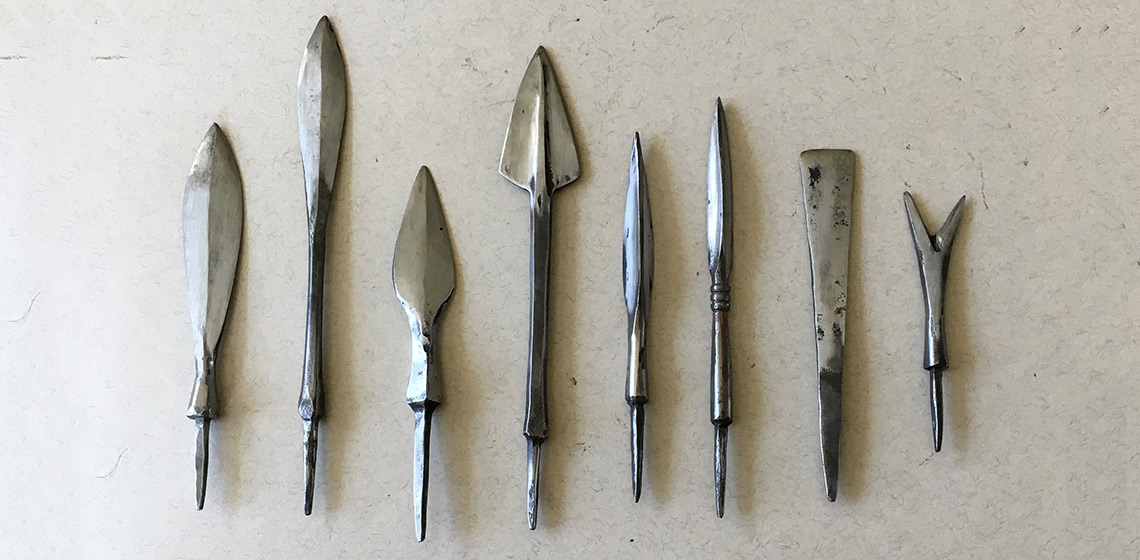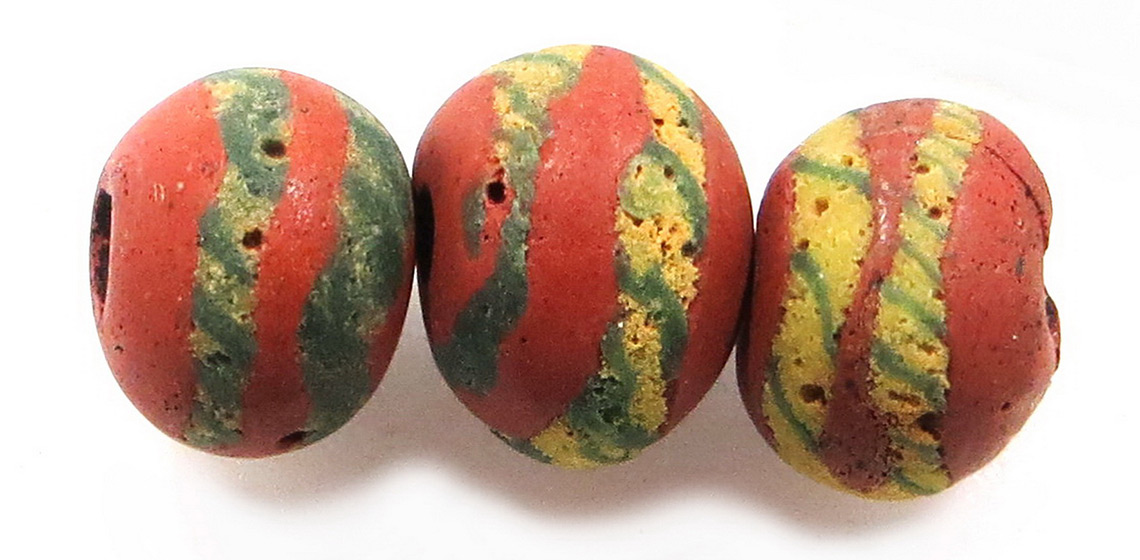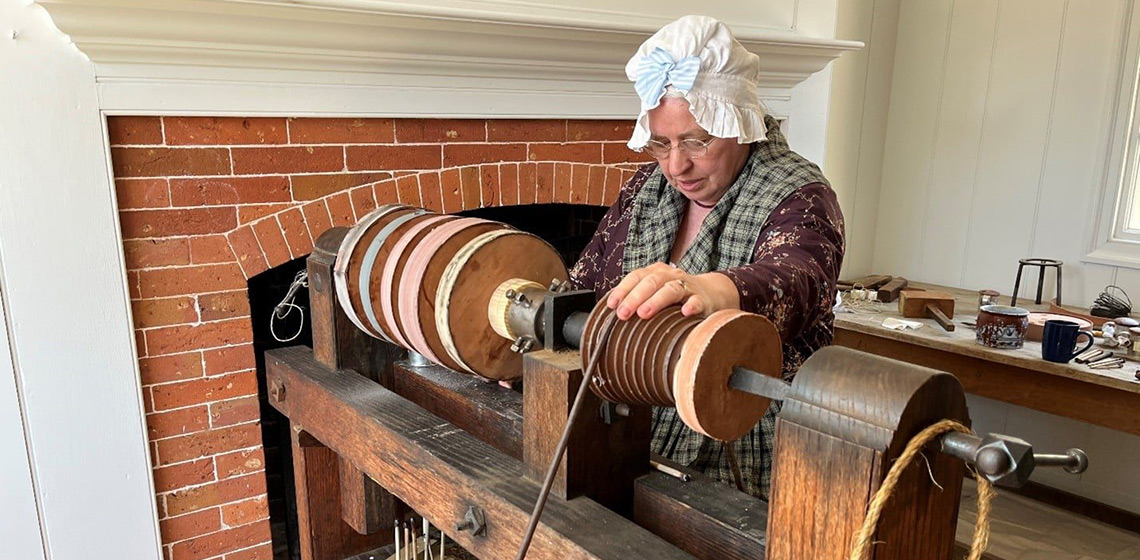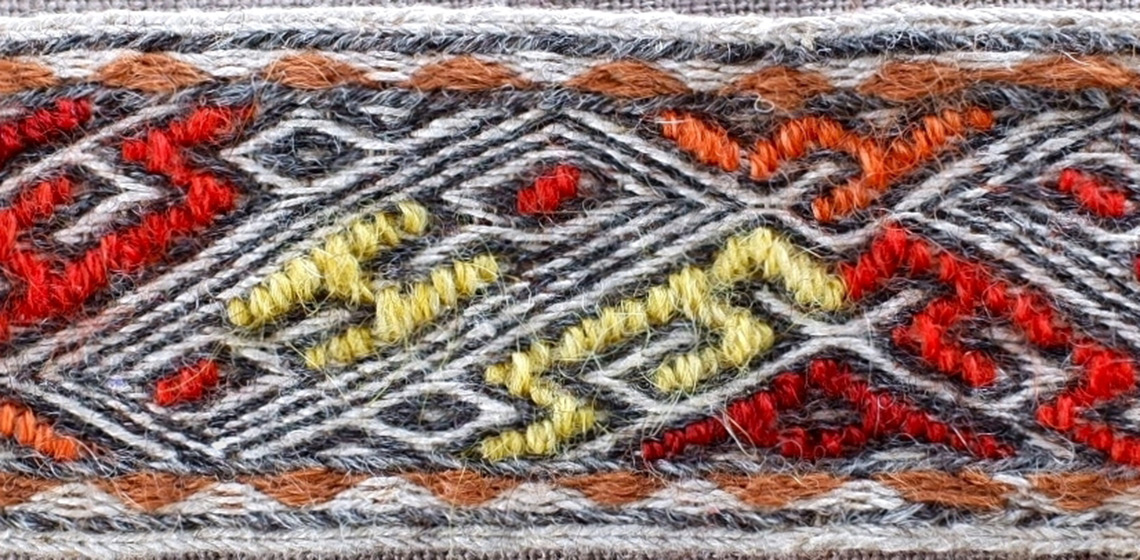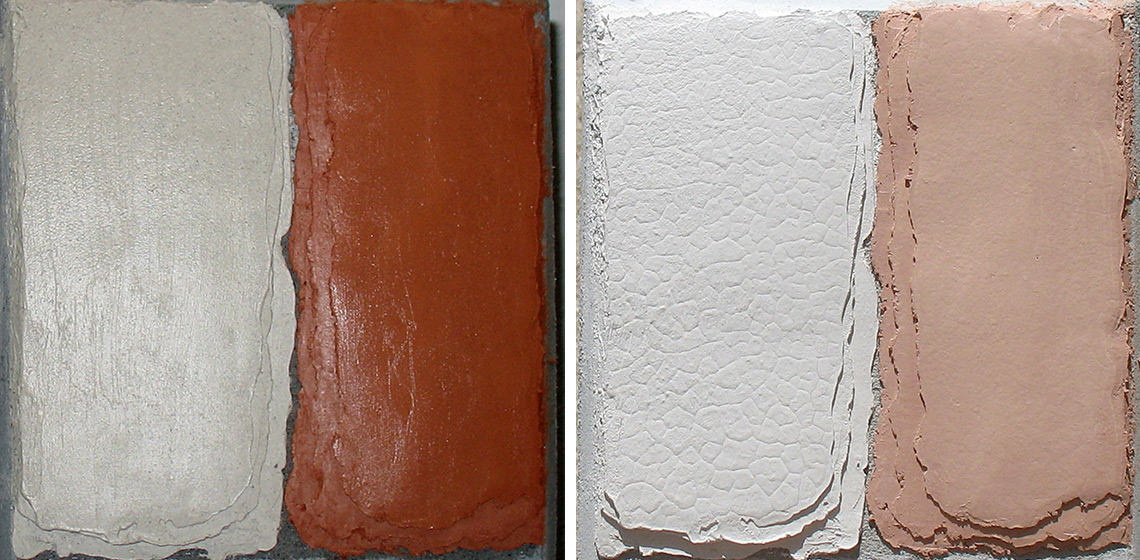Testing Roman Glass in the Flame
Introduction
Experiments on glass bead techniques used in antiquity have produced many insights into how early medieval beadmakers made their beads (Heaser, 2018). The studies mainly focused on early medieval beads found in cemeteries of the fifth and sixth centuries AD in England. Replica tools and a simple modern blow torch were used to simulate the conditions of the ancient beadmakers (See Appendix 1).

